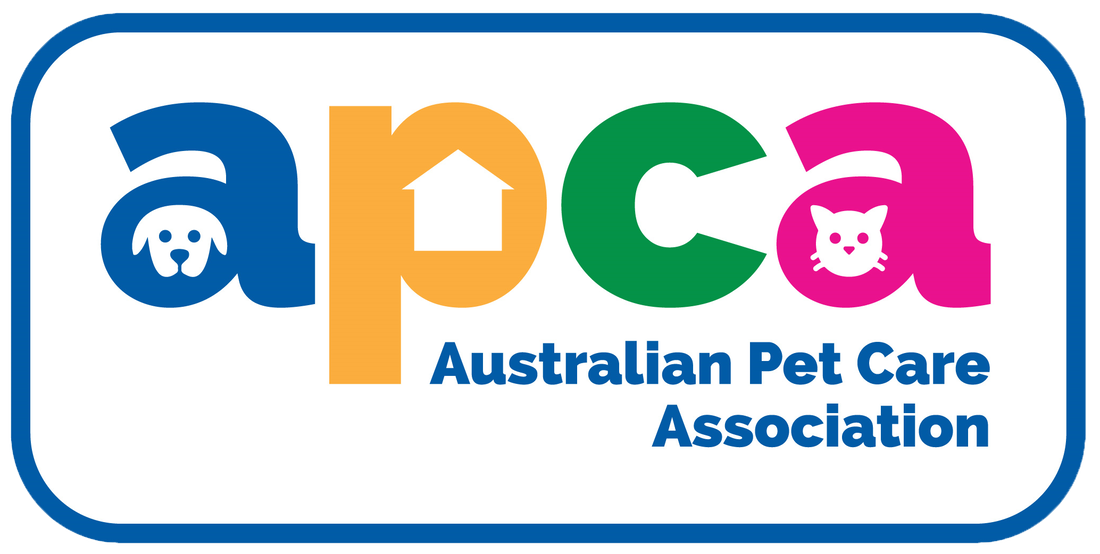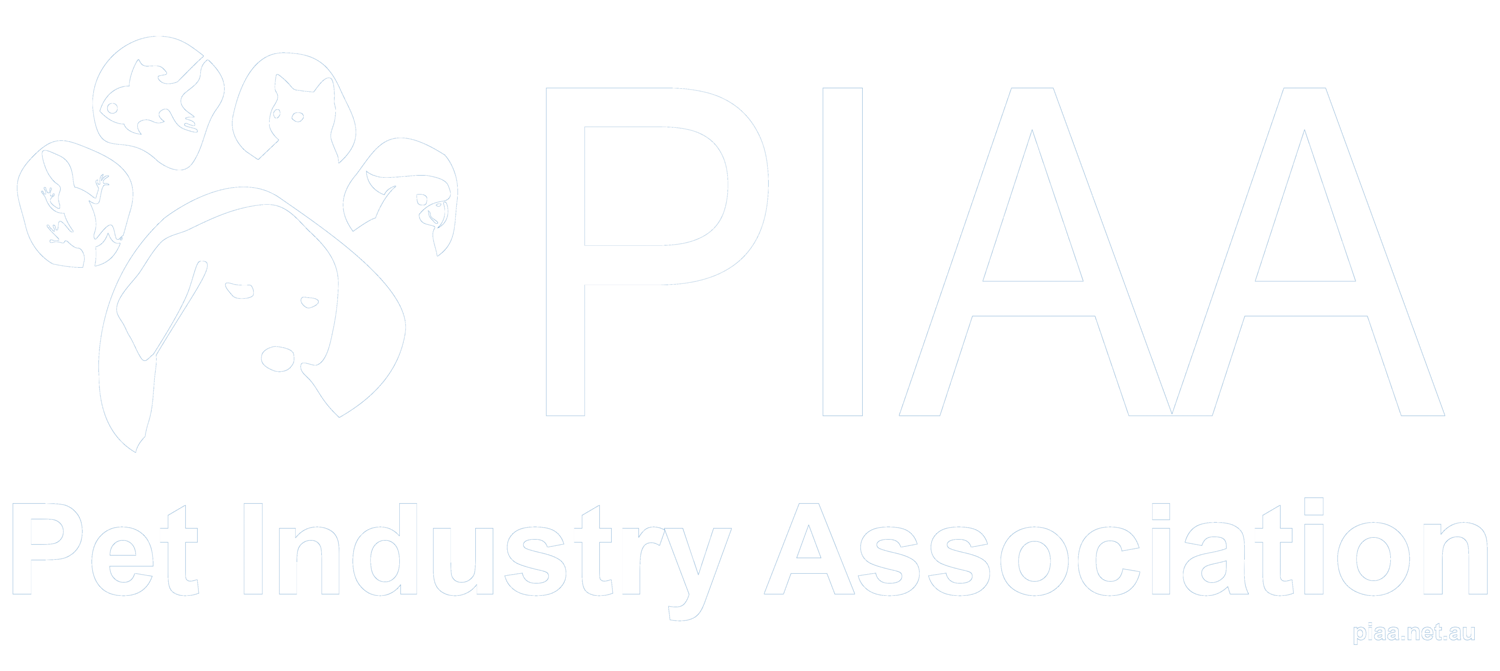0 Comments
What are Hot Spots?Hots Spots are a bacterial infection on a dog's skin, that can start very small and often go un-noticed until they are larger in size. A dog will lose fur in the area of the hot spot. In the early stages, the skin will be red and moist and will often appear round. The skin will be warm and your dog will constantly be itching at the area. Because of the irritation and the constant itching of the area, the bacteria and infection spreads fast. As the hot spot progresses it can start to ooze pus and smell. What does my dog get a Hot Spot?The two main causes of Hot Spots are Moisture and Irritations. Sometimes the initial cause is one or both of these issues. Moisture sitting on a dogs skin, especially under a thick coat of fur, is the ideal breeding ground for bacteria. Dogs who are water lovers are especially prone to hot spots, due to the constant moisture within their coat. Additional factors that help keep moisture on a dog's skin is thick, knotted, matted or unmaintained fur, collars that don't allow the skin to breath or wearing coats/jackets without having a totally dry coat underneath. Irritations that cause a dog to scratch and itch constantly can lead to a hot spot in that area. Obsessive itching can be caused from a number of different reasons, including skin irritations, allergies, fleas, parasites etc. In this case, the hot spot and the cause of the irritation need to be treated at the same time, to prevent reoccurrence. How do I treat a Hot Spot?A visit to your vet is needed. The area will likely be shaved to allow it to air and heal fast and your vet will prescribe the appropriate medication needed for a speedy recovery.
It's also important to provide your vet with as much information as possible about the possible cause of the hot spot, as preventative measures may be able to be taken to prevent a flare up in the future. You can find more information on Hot Spots from our information brochure HERE. Our Dog of the Month Abby is spending her recovery time, following knee surgery, with us. This is an amazing service we are lucky enough to offer families who may not be able to or would struggle to provide all necessary areas of post operative care in their home environment.
Using our amazing 7 Star Luxury Suites, we are able to accommodate guests at any stage of their post operative rehabilitation. Some guests that we have cared for following surgery include TPLO (Abby's surgery) and ACL surgeries, spinal surgery, open wound recoveries and broken bones. Our Rehabilitation and Special Needs Suites have been designed to give our team control of how much space guest's can have access to during their recovery. For guests coming straight out of surgery who need restricted movement, our small recovery rooms offer the perfect, relaxing environment. With a TV and heating and cooling to keep them comfortable, our Doggy Doaters are able to take the guests out for their short leash walks ( as approved by their attending vet) and return them safely back into their room to relax and recover. As they move through their recovery and may be allowed more area to move in between, we can open up to our small recovery outside, undercover court yard areas to help build up strength and mobility. Our K9 Limousine service offers the easiest and most comfortable way for your recovering pooch to travel. We are able to collect from your home or the vet clinic that the surgery has taken place at. We pride ourselves on our strong and open communication with both your regular vet and also the vet that has conducted your dog's surgery (should these be different) and are able to return your dog to their clinic at anytime should a check up be required. We also like to keep communication open with you as their owner to keep you up to date with any changes should this be your wishes. With our K9 Limousine service, we are also able to transport your dog to any post operative rehabilitation services and also welcome these services to the Resort should they need to work on your dog whilst they are with us. This includes, but is not limited to, hydro therapy, bowen therapy, red light therapy and massage. All of our Doggy Doaters are trained in all areas of medication administration and post operative care which includes:
We understand that one of the scariest parts of going on holiday is having to leave your dog in the care of someone else, especially if they have special medical needs.
Part of our care includes our Advanced Medical Needs option, which allows us to accommodate guests regardless of what medical requirements they have. With Doggy Doaters attending to our guests 365 days of the year and a manager living on site, we can attend to any guests 24 hours a day 7 days a week. This includes our diabetic guests who require insulin to be administered 12 hours apart and epileptic guests who also require their medication every 12 hours. Our dedicated team of Doggy Doaters are trained to administer all types of medication, including oral tablets and liquids, ear and eye ointments and injections. We also welcome any extra professional care to come and visit your dog whilst in our care, this can include (but is not limited to) bowen therapy, red light therapy and massages. Our K9 Limousine service also means that your pooch can be transported, in style of course, to any appointments they may require during their stay. With our Luxury facilities and experienced staff, you can be assured that no matter what your dog's medical needs are whilst they are on holidays, that they will be attended to with love whilst on holidays at We Love Dogs Resort. One of the scariest parts of dog ownership is when our beloved pooch becomes ill and in some circumstances needs surgery.
With the growing demand from our customers to assist in these situations, our Post Operative Rehabilitation Care came about. Using our amazing 7 Star Luxury Suites, we are able to accommodate guests at any stage of their post operative rehabilitation. Some guests that we have cared for following surgery include TPLO and ACL surgeries, spinal surgery, open wound recoveries and broken bones. Our Rehabilitation and Special Needs Suites have been designed to give our team control of how much space guest's can have access to during their recovery. For guests coming straight out of surgery who need restricted movement, our small recovery rooms offer the perfect, relaxing environment. With a TV and heating and cooling to keep them comfortable, our Doggy Doaters are able to take the guests out for their short leash walks ( as approved by their attending vet) and return them safely back into their room to relax and recover. As they move through their recovery and may be allowed more area to move in between, we can open up to our small recovery outside, undercover court yard areas to help build up strength and mobility. Our K9 Limousine service offers the easiest and most comfortable way for your recovering pooch to travel. We are able to collect from your home or the vet clinic that the surgery has taken place at. We pride ourselves on our strong and open communication with both your regular vet and also the vet that has conducted your dog's surgery (should these be different) and are able to return your dog to their clinic at anytime should a check up be required. We also like to keep communication open with you as their owner to keep you up to date with any changes should this be your wishes. With our K9 Limousine service, we are also able to transport your dog to any post operative rehabilitation services and also welcome these services to the Resort should they need to work on your dog whilst they are with us. This includes, but is not limited to, hydro therapy, bowen therapy, red light therapy and massage. All of our Doggy Doaters are trained in all areas of medication administration and post operative care which includes:
A very special part of our Doggy Doater's role is to be able to care for our Golden Oldie guests as they enter their 'golden' years of life. We offer care and accommodation for any breed and size guest who are in their senior years.
This is a job that we are honored to be able to do and understand what a hard time it can be to leave your oldie when you have to travel. With 24 hour care you can be sure your 'Golden Oldie' will be given the highest level of attention and love whilst enjoying their holiday with us. We offer easy to access low line bedding for those suffering arthritis. Movement from inside to outside through our large human size doors throughout the day is easily accessible with no ramps or stairs and comfortable bedding available throughout all areas. Our oldies enjoy the same 7 star luxury suites as our other guests, with fully heated and cooled rooms so we can temperature control their inside space all year round. A TV to provide light background noise and of course, the love and care of our Doggy Doaters all day long. We understand the needs of our Golden Oldies can vary and our Doggy Doaters are fully trained and equip to help in anyway they can, this includes but is not limited to assistance with mobility, getting up and down and moving around, assistance with going to the bathroom, massages and gentle walks to help those sore joints and administering medication, including oral, liquid and injections. With assistance from the minute they arrive to the minute they depart, you can find comfort in knowing your Golden Oldie is getting the 7 star treatment they deserve whenever they come to holiday at We Love Dogs. Crazy to believe we are already coming around to celebrating Easter. The Easter Eggs and Hot Cross Buns are out in full at the supermarkets and nearly all of us will be spending this long weekend at home with our pets.
Although of all of these extra yummy treats are delicious for us to enjoy, it's very important to remember they are not safe for our pets. Dogs and Cats alike are very good at sniffing out treats hidden on the bench or some have even worked out how to get into the cupboards. So be sure to remember the toxic foods that MUST be hidden away where your pets can't reach them.
The Chinese Crested was originally from Africa and known as the ‘African Hairless Terrier’ it wasn’t until they were taken about the Chinese trading ships, that would stop along the African shore lines, and used as vermin hunters that they were renamed the Chinese Crested and the name has remained ever since. They were also known to be used by the Aztecs as bed warmers and later used for a meat source too.
Today there are two very different varieties of Chinese Crested: Hairless (see Odin) can have a small amount of hair on their feet, head and tail but will remain hairless everywhere else on their body Powerderpuffs will have fur all over in a long, soft coat. Although very different in appearance, these are both the same breed of dog and are both now equally recognised by kennel clubs all around the world. The Hairless and Powderpuff can be born in the same litter and each Hairless dog carries one gene for Hairless and one for hair. Two hairless genes are fatal They are a rare breed and not too many are seen as pets in Australia. Between both varieties, their can be many colours of both skin and coat. These can include solid colours, mixed and spotted. As a breed, the Chinese Crested is a very loving, alert and agile dog. Their appearance, for the hairless especially, is always guaranteed to draw attention and they are always happy to take it, loving any affection. It is important to socialise them from a young age, to help build confidence and to ensure not to baby them as small dog syndrome can develop quickly. They are a breed that enjoys companionship so do not do well being left home alone for long periods of time. They enjoy the company of other dogs or humans as much as they can. Despite their lack of fur, the Hairless Chinese Crested is a very clean dog, omitting no doggie odour. They should be bathed as little as possible with their skin to be maintained with cream or oil as needed. They shed very little hair (as they don’t have too much to shed to begin with!) and are an ideal pet for allergy sufferers. Due to their long coat, the Powderpuff requires daily brushing and extra grooming during shedding times. Their undercoat can matt quickly if unattended to. They are a breed that can gain weight easily, so it’s important to control their diet. For the Hairless Chinese Crested, throughout the sunny months it’s important to protect their skin as they can get sunburnt. A good dog sunscreen should be used and also a thin material type dog shirt to cover most of their body. Did you know that dogs can get Diabetes? That’s correct - just like us humans, dogs too can develop Diabetes. One of the common causes for Diabetes in dogs is obesity. Many dogs on a high fat diet are prone to contracting Pancreatitis which can then lead in the future to Diabetes. Dogs can also develop a resistance to insulin when they are diagnosed with diseases like Cushings Disease or when they use long term medications like Prednisolone, which is a form of steroid. Female dogs, like women, can even develop Gestational Diabetes. Know the signs: There are many signs that your dog may have Diabetes.
Once under control, managing Diabetes in dogs is relatively easy. They are required to have insulin injections 12 hours apart, after they finish their meal. It is really important to ensure that your dog is on a diet with lots of nutrients and to make sure that you leave them plenty of water. As hard as it might be, diabetic dogs cannot have treats between meals, so no giving into their puppy dog eyes when preparing dinner! And if you can’t resist treats should be in the form of something healthy like cucumber and be given at meal time, feeding away from their insulin injection times can alter their sugar levels. It is really important to be able to tell the signs of a sugar high or a sugar low and it is great to invest in a machine where you can test their blood sugars on a regular basis. It is also really important to find a vet that is well educated in Animal Diabetes, there are even some vets who specialise solely in Animal Diabetes. But one thing you can be certain of is that when holidaying, your dog will get the best level of care at We Love Dogs Kennel Resort, as we offer 7 star luxury accommodation for special medical needs, including the care of diabetic guests and with a manager living on site, insulin and other medications can be administered at any times required. The Chihuahua, easier to say then it is to spell, pronounced Chi-wah-wah, is the smallest breed of dog in the world.
This adorable little bundle of personality is native to Mexico, which is where their name came from, a state in Mexico called Chihuahua. As their history dates back so far, it is hard to trace what breeds came together to create the Chihuahua, however they were very popular with the upper class and were sacred to pre- Columbian Indian Nations. They were loved for their tiny size, the smaller the better, some Chihuahua lovers valued them higher if they were 1.3kg or smaller. Today this pint-sized little pooch is still loved for it’s tiny size but big personality. They weigh anywhere between 1kg – 3kg and come in a variety of colours, which can be solid or splashed, including black, white, fawn, silver, sable, tan and more. Grooming care is very easy for Chihuahua’s, ensure that nail clipping and brushing begins from a young age to avoid any issues later in life. Long haired Chihuahua’s should be brushed daily whilst short coats can be brushed weekly to remove any dead coat. Don’t let their little size fool you, the Chihuahua is an active dog who requires daily stimulation, both mental and physical. They do enjoy a play in a large, open contained space however take caution when socialising with larger breeds to avoid any physical injury to your Chihuahua. The Chihuahua’s small size can bring its own challenges, with little dog syndrome being an issue for the breed. This develops when no boundaries or rules are set for a dog, they believe they are the pack leader and can lead to behavioural issues. Chihuahua’s from a young age should be well socialised, in new environments with both people and other pets. Rules should be set and always followed, for example eating after the family has eaten, walking next to their owner not in front, coming onto the couch when invited etc. Dog’s are natural pack animals and look for leadership from their family. Providing this for any dog will help to keep a happy and natural balanced life for your dog and avoid any behavioural or social issues down the track. The Chihuahua is perfect for singles, couple and families. If well socialised and exposed to new situations from a young age they can be a very confident, friendly little dog. |
ARCHIVES
June 2024
CATEGORIES
All
|



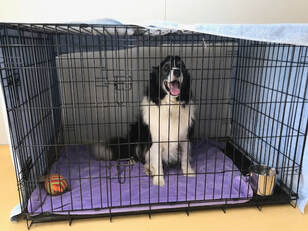
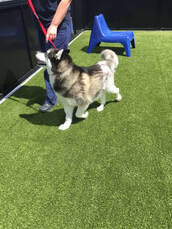
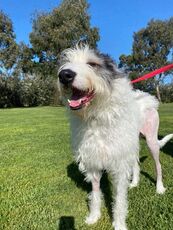
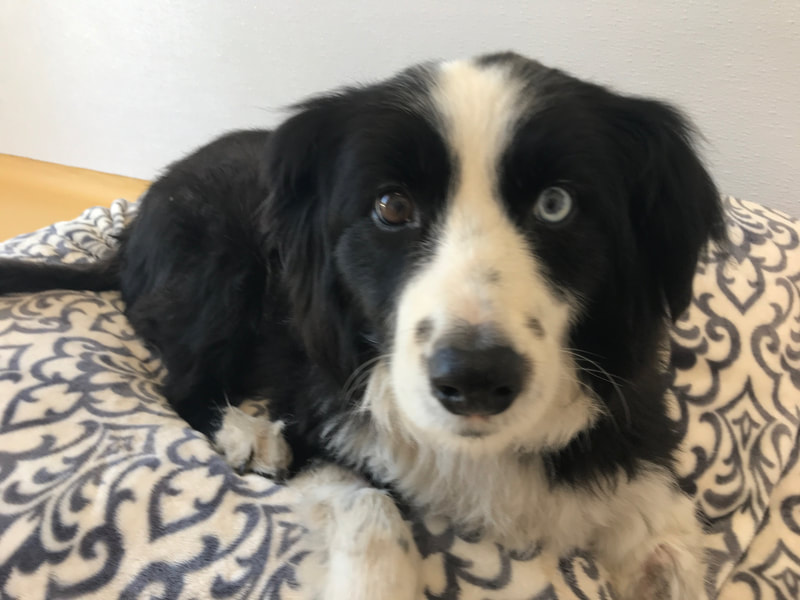
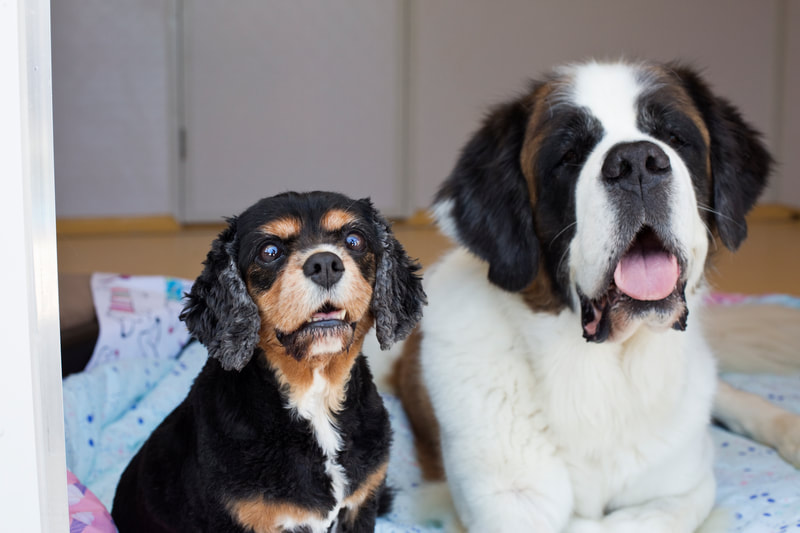
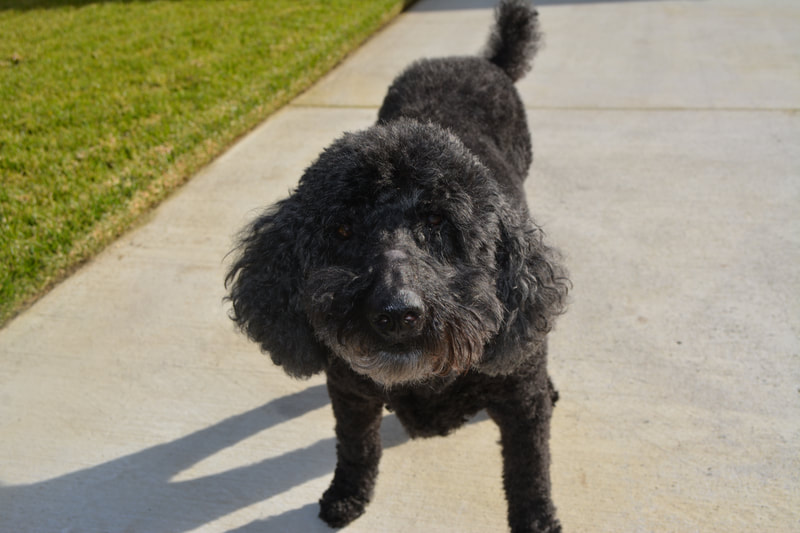
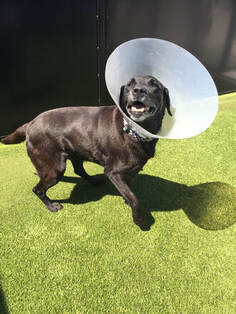
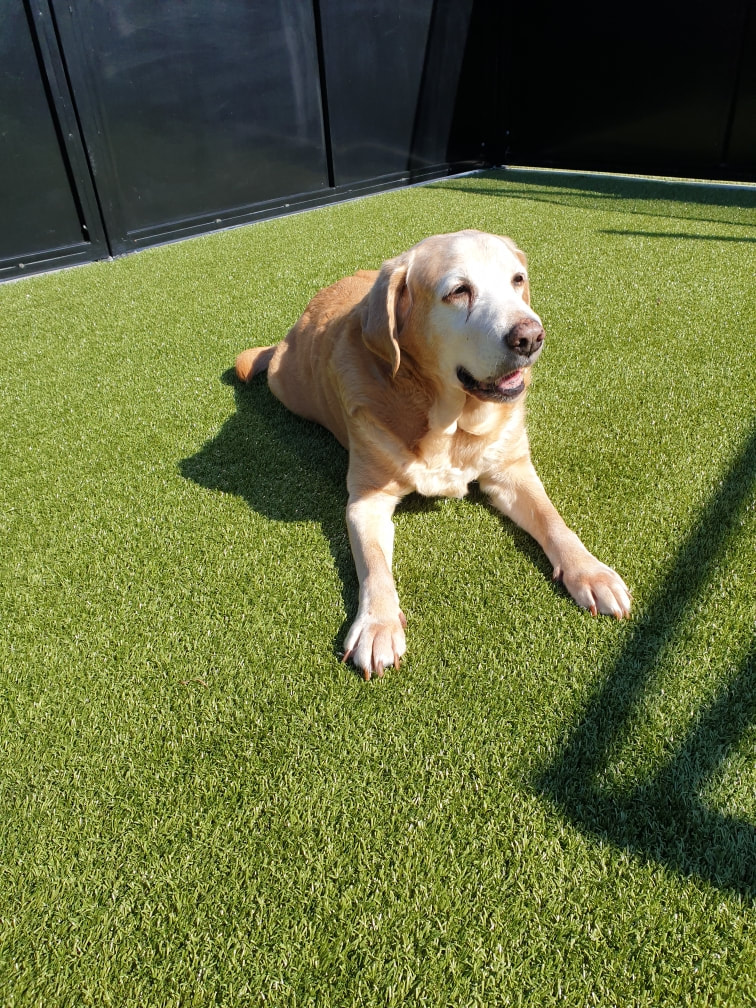
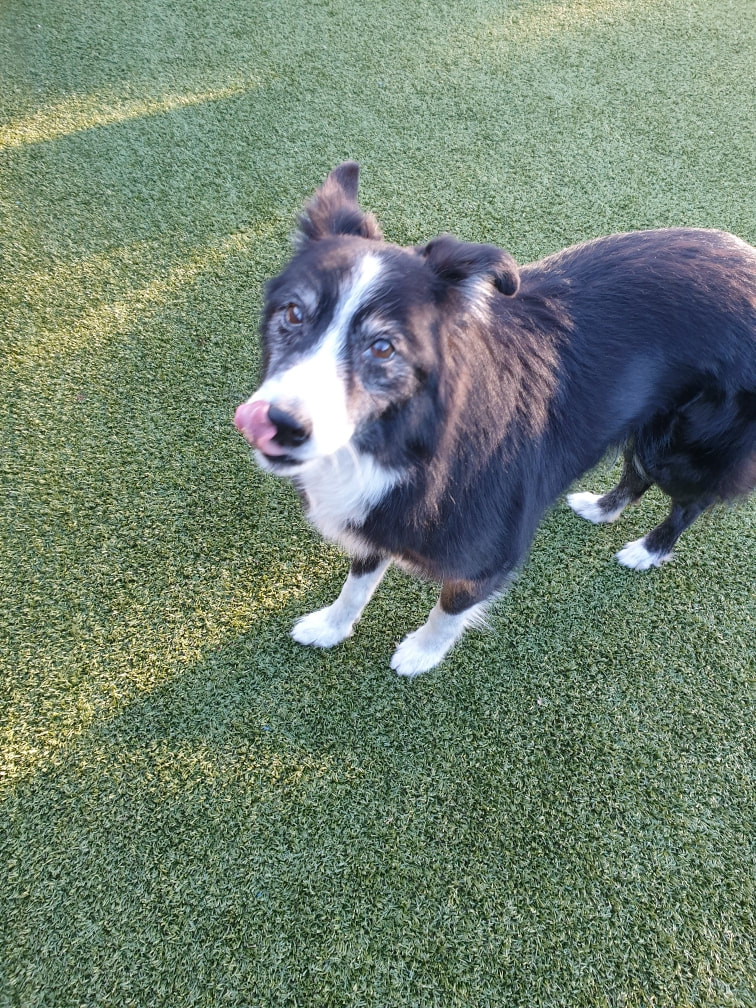


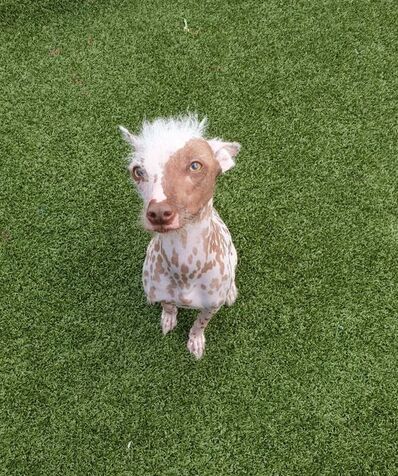
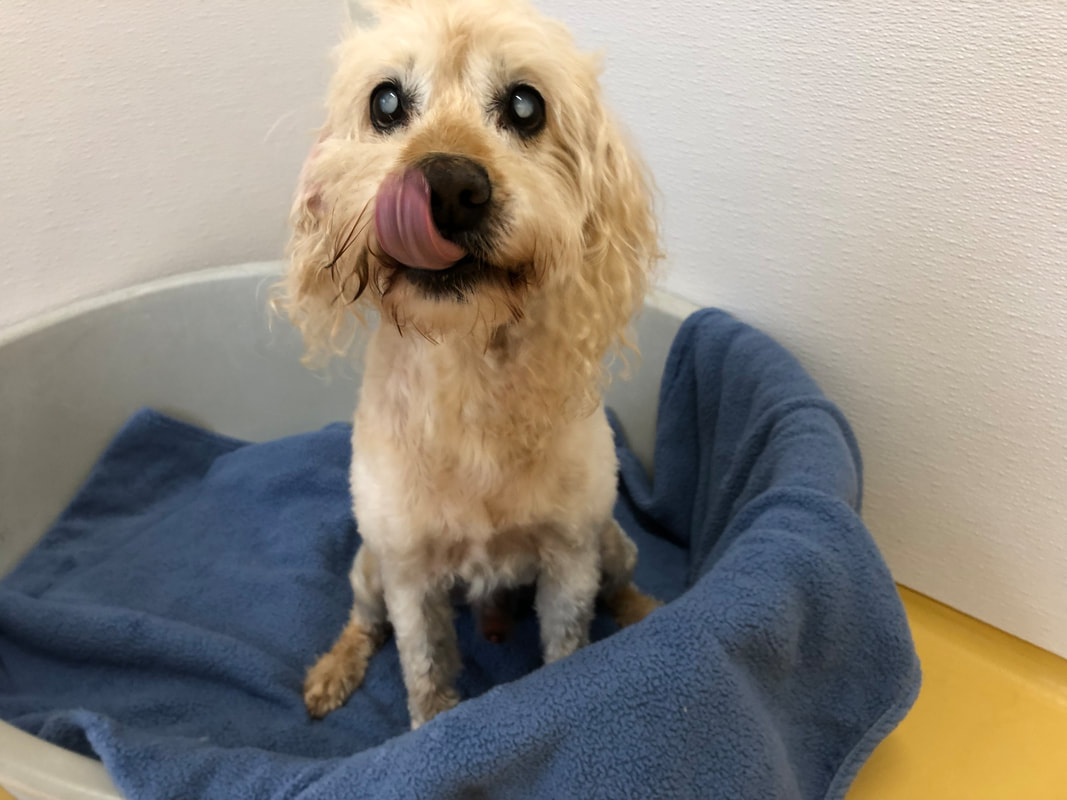

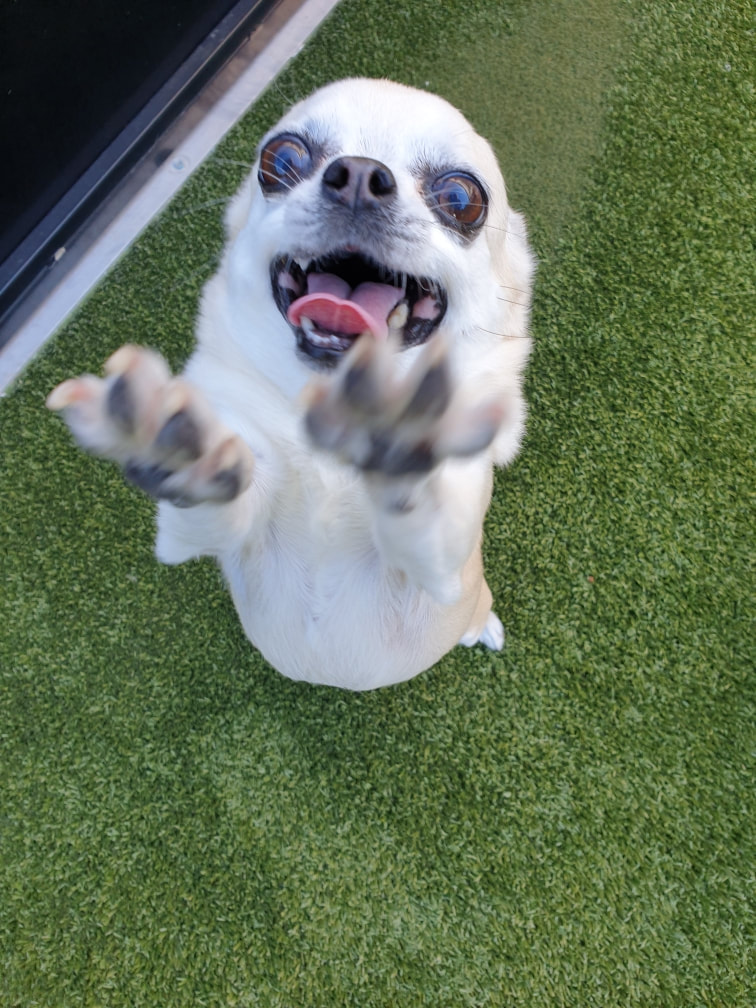
 RSS Feed
RSS Feed
